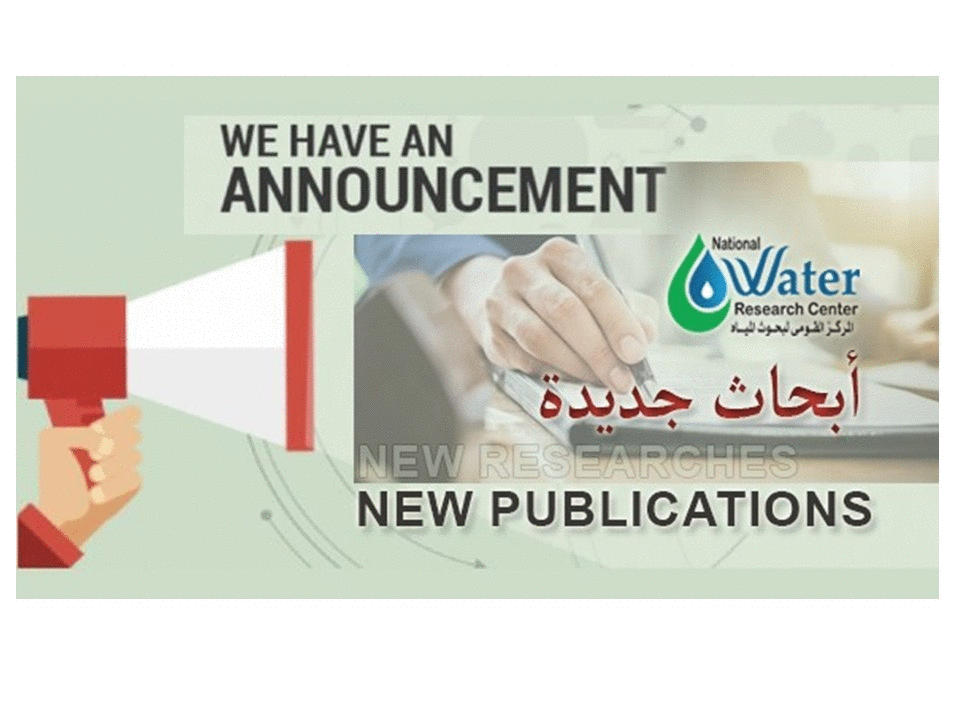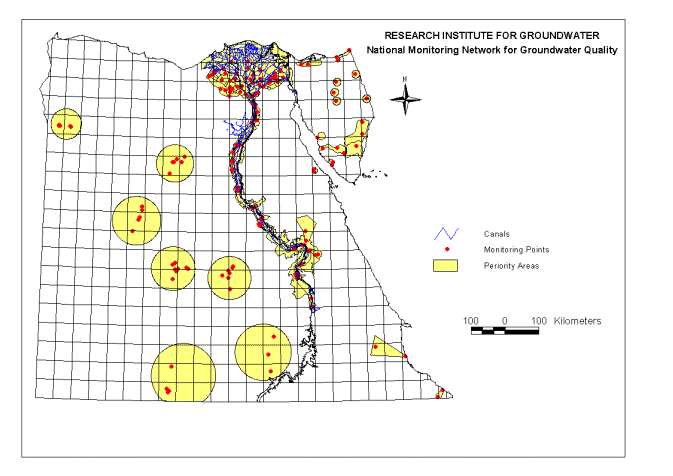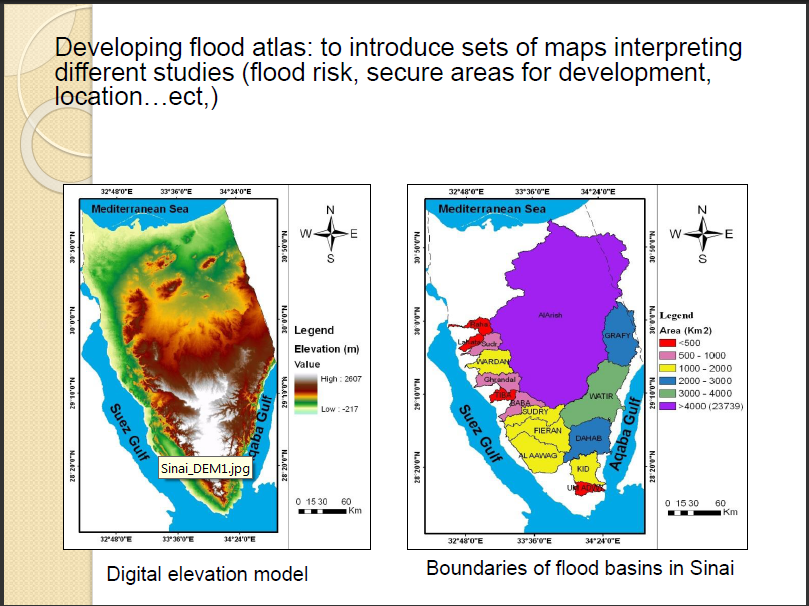
Research Paper entitled: “Applying Quantitative Microbial Risk Assessment Model in Developing Appropriate Standards for Irrigation Water”
Dr. Safaa M. Ezzat, Associate Professor ?at the Central Laboratory for Environmental Quality Monitoring (CLEQM), National Water Research Center (NWRC) has recently published a research paper entitled: Applying Quantitative Microbial Risk Assessment Model in Developing Appropriate Standards for Irrigation Water” at the well renowned scientific magazine: “ Integrated Environmental Assessment and Management”. The objective of the current study is to apply a quantitative microbial risk assessment (QMRA) model to estimate the annual risk probability of Salmonella infection associated with the consumption of crops, which were irrigated with raw wastewater abstracted by farmers without official permission. Data generated from the model were used to propose realistic standards for Salmonella in irrigation water needed for safe crop production, where results demonstrated the presence of total coliforms, fecal coliforms, fecal streptococci, and Salmonella in wastewater samples. Salmonella was recorded on lettuce and spinach in 3 different harvesting events, although it was not found in data obtained for parsley plant. The QMRA scenario included surface irrigation, consumption of raw crops, and 1day withholding period before harvest. The annual risk probability of Salmonella’s infection for consumers exceeded the target tolerable risk (7.7 × 10?4) for investigated crops. The Pearson's correlation coefficient between different annual risk probabilities showed significant correlation (p < 0.05). The levels of risk posed from spinach and lettuce were roughly similar, although they tended to be higher for lettuce. The optimum concentrations of Salmonella in irrigation water needed to satisfy the World Health Organization guidelines of disease burden (disability adjusted life years 10?6) per person per year ranged from 34 to 119 via multiple tube fermentation technique/100 mL, for spinach and lettuce plants, respectively. The study concluded that unofficial reuse of wastewater in irrigation is a principle route for crop contamination. Water quality monitoring programs should be integrated with QMRA investigations for better estimation of risk level. The fit parameters used could be tailored to cover a wide array of local situations in different countries. Models applied for viruses, helminths, and bacteria other than Salmonella are encouraged in future studies. The paper can be downloaded from the journal’s website from this link: http://dx.doi.org/10.1002/ieam.4232

